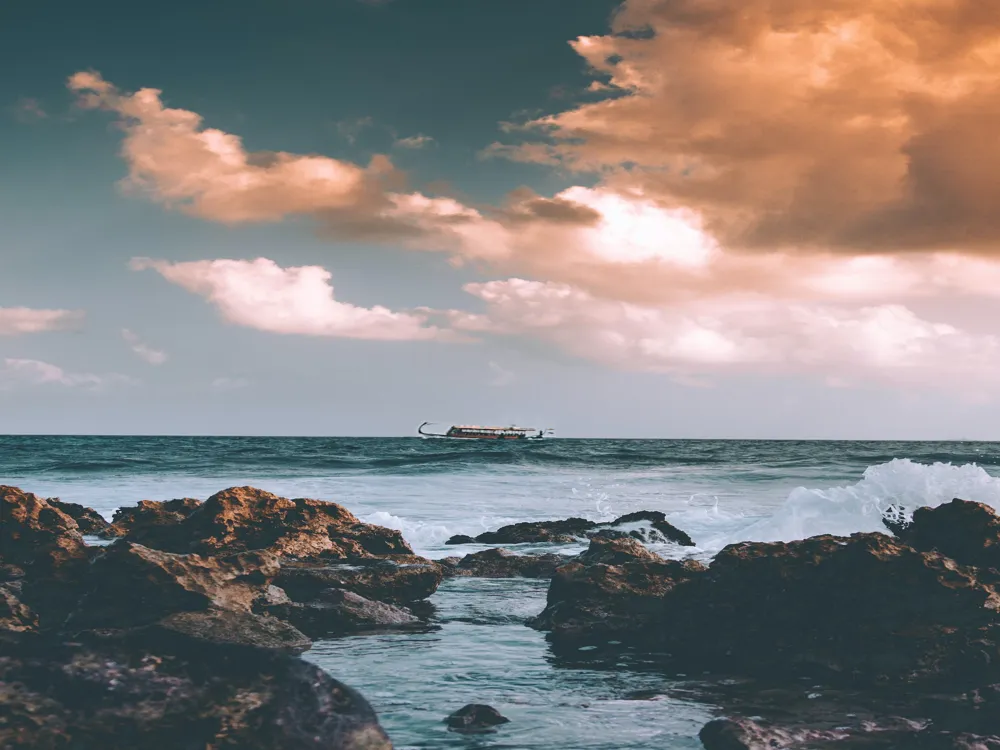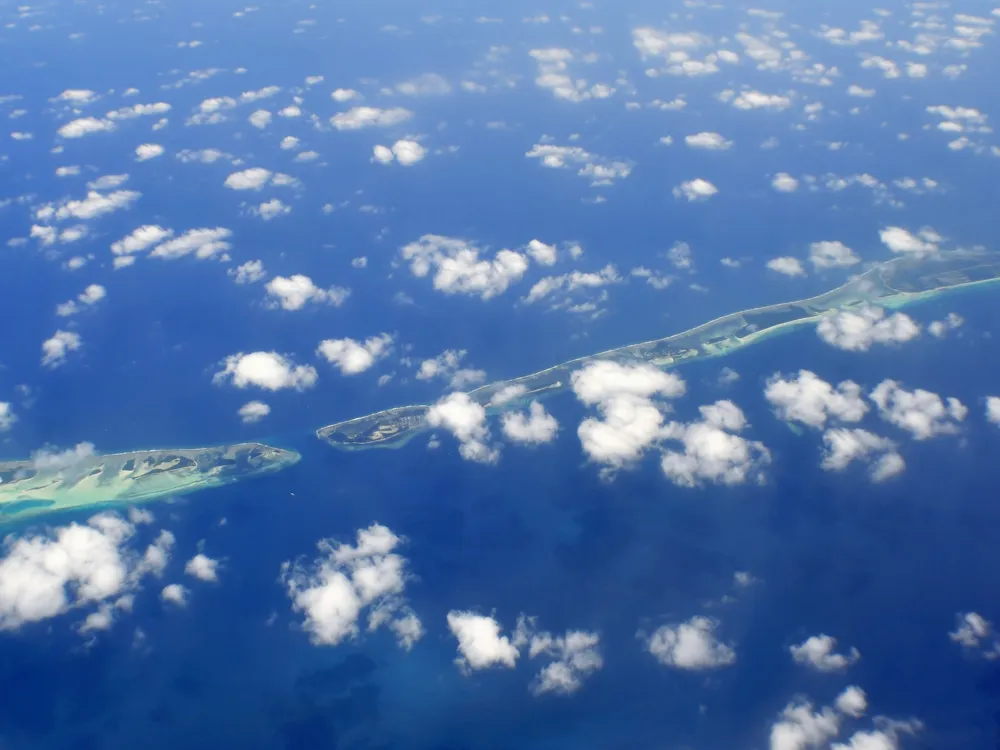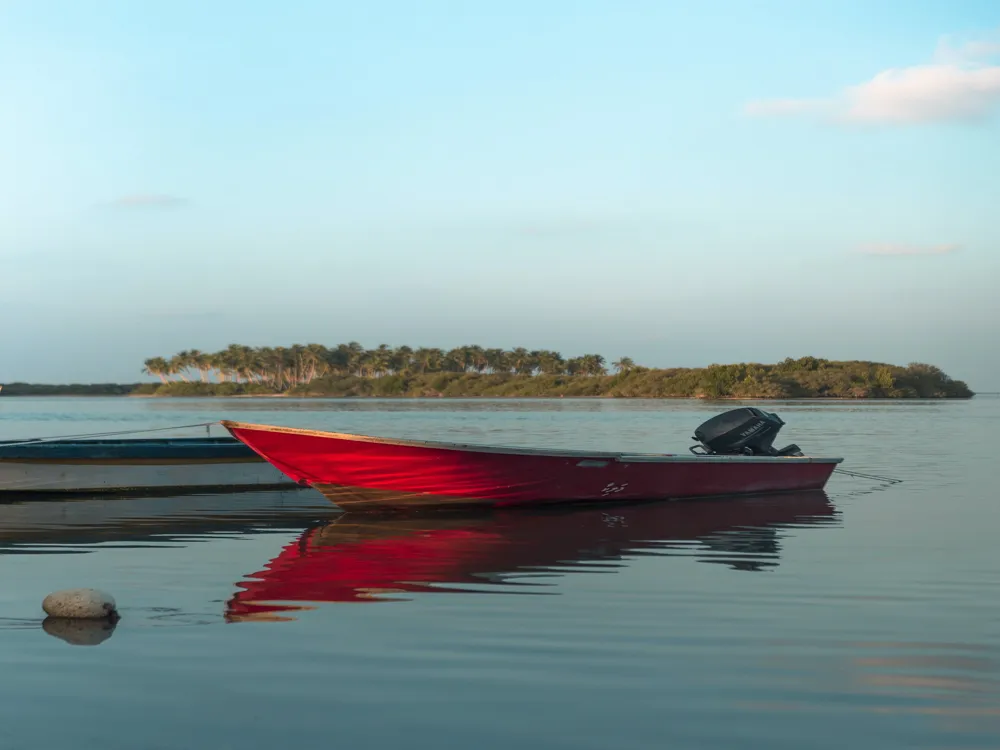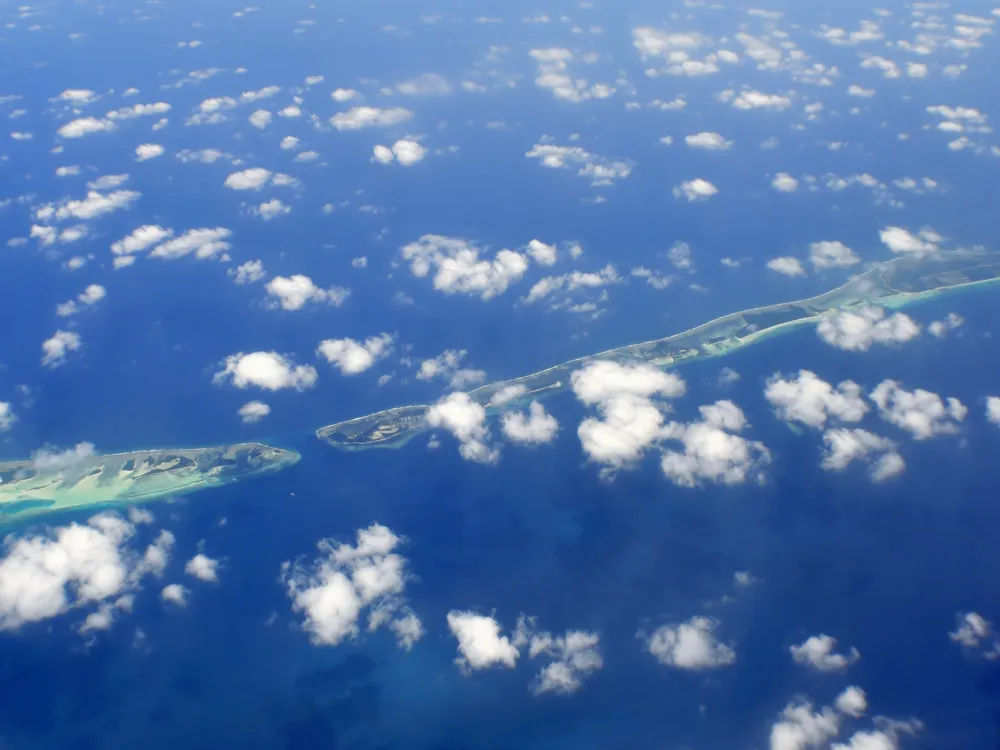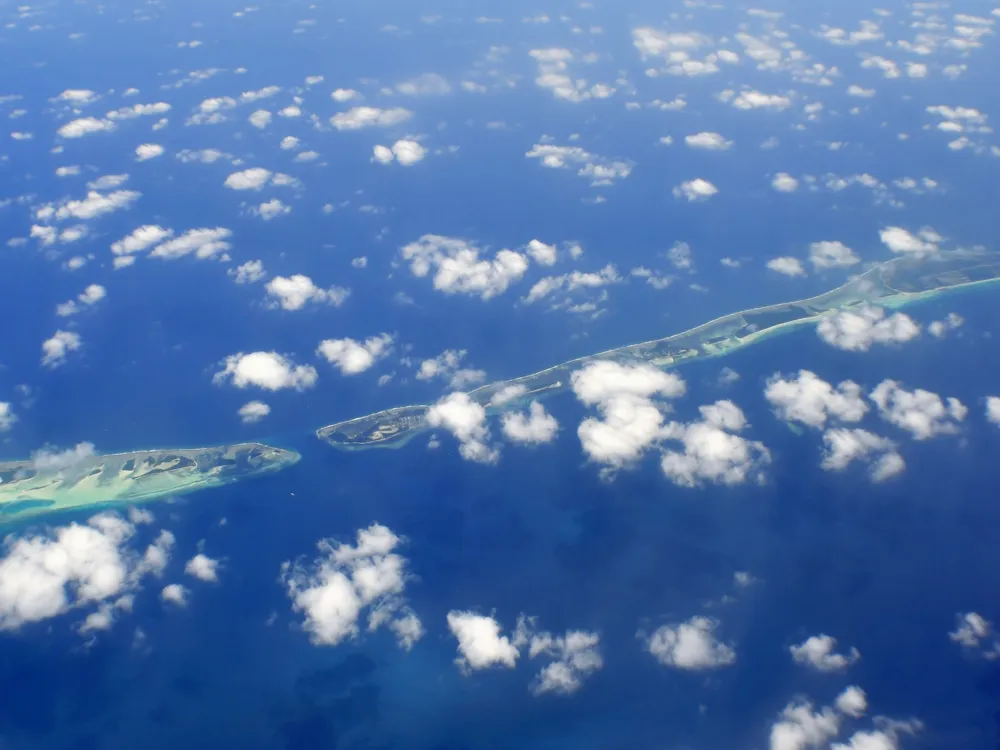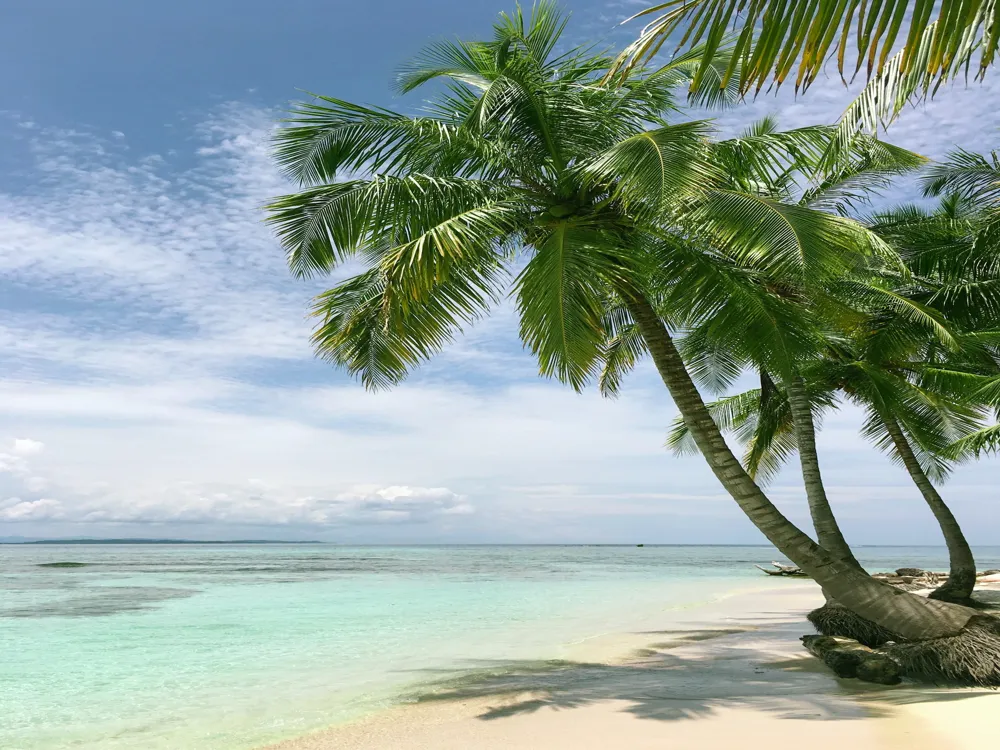The Maldives, a tropical paradise in the Indian Ocean, is renowned for its incredible island hopping experiences. Comprising over 1,000 coral islands, this stunning destination is a mosaic of turquoise waters, vibrant coral reefs, and lush islands. Island hopping in the Maldives isn't just a journey from one island to another; it's an exploration of diverse cultures, unique ecosystems, and breathtaking natural beauty. Whether you're a beach enthusiast, a snorkeling aficionado, or someone seeking a tranquil escape, the Maldives offers an unparalleled adventure that caters to every type of traveler. Each island in the Maldives has its unique charm. From the bustling streets of Malé, the capital city, to the serene and untouched beaches of private islands, there is a world waiting to be explored. The islands are categorized into local islands, resort islands, and uninhabited islands, each offering distinct experiences. Local islands, such as Maafushi and Thulusdhoo, are hubs of Maldivian culture and lifestyle, whereas resort islands provide luxurious escapades with over-water bungalows and world-class amenities. Uninhabited islands, often used for picnics and excursions, offer untouched natural beauty. The architecture in the Maldives is a blend of simplicity and ingenuity. Traditional Maldivian buildings are characterized by their use of coral stones, wood, and thatched roofs, designed to keep the interiors cool in the tropical climate. The contemporary architecture of resort islands, however, is a testament to modern engineering and sustainability, featuring over-water villas that blend luxury with nature. These structures are built with minimal ecological impact, ensuring the preservation of the island's delicate ecosystems. In recent years, there has been a significant shift towards sustainable architecture in the Maldives. Resorts are increasingly adopting eco-friendly practices, such as solar energy, water conservation systems, and building with renewable materials. This approach not only enhances the natural beauty of the islands but also ensures the longevity of this paradise for future generations. The Maldives is not only a haven for beach lovers but also a showcase of intriguing architecture that mirrors its cultural diversity and commitment to sustainability. The architectural journey through the Maldivian islands reveals a fascinating blend of traditional and modern designs, each telling a story of the island's heritage and its adaptation to contemporary luxury and environmental consciousness. Traditional Maldivian architecture is deeply rooted in the islands' history and natural resources. The use of coral stones, known as 'hiragana', in building houses, mosques, and fortifications is a distinctive feature. These stones were harvested from the sea and cut into blocks, showcasing intricate carvings and designs. The traditional houses, with their simple yet functional designs, feature high roofs and verandas, providing ventilation and shade in the humid climate. The Friday Mosque in Malé, a UNESCO World Heritage Site, is a prime example of coral stone architecture and the artistic prowess of Maldivian craftsmen. The evolution of architecture in the Maldives is prominently seen in the design of luxury resorts. These modern structures are masterpieces of design, offering privacy, comfort, and a seamless connection with the surrounding natural beauty. The over-water villas, a symbol of Maldivian luxury, are engineering marvels, built on stilts over the lagoon, providing an immersive experience of living on water. The designs incorporate local materials, such as wood and thatch, and are constructed to minimize environmental impact, reflecting the islands' commitment to sustainability. The Maldives has embraced sustainable architecture with open arms, setting a precedent for eco-friendly tourism. Many resorts utilize renewable energy sources, like solar panels, and implement water conservation measures, such as rainwater harvesting and desalination plants. The use of sustainable materials and green building practices not only reduces the carbon footprint but also enhances the overall aesthetic, blending the structures harmoniously with the natural environment. When planning your island hopping journey, consider the type of accommodation that suits your preferences. Resort islands offer luxury and privacy, while local islands provide cultural immersion and budget-friendly options. The Maldives has a tropical climate, so pack light, breathable clothing, swimwear, sunscreen, and insect repellent. Also, remember to respect local customs and dress modestly when visiting local islands. The Maldives is a predominantly Muslim country. When visiting local islands, be mindful of local customs, dress modestly, and be respectful during religious times like Ramadan. While luxury resorts are captivating, exploring local islands can offer a richer understanding of Maldivian culture and lifestyle. Interact with locals, try traditional cuisine, and participate in cultural activities. Be a responsible traveler by engaging in eco-friendly practices. Avoid disturbing marine life, use biodegradable sunscreens, and participate in conservation activities offered by resorts and local communities. The Maldives is accessible by international flights to Velana International Airport in Malé. From there, you can embark on your island hopping adventure via domestic flights, seaplanes, speedboats, or local ferries. Each mode of transportation offers a different experience, from the aerial views of the atolls by seaplane to the serene journey by ferry. Plan your transportation in advance, especially if you're visiting multiple islands, to ensure a seamless and enjoyable journey through this tropical paradise. Read More:Explore the Exquisite Island Hopping Adventure in Maldives
The Magical Tapestry of Islands
The Architectural Marvels of Maldivian Islands
Embracing Sustainability in Design
Discover the Architectural Wonders of Island Hopping in Maldives
Traditional Maldivian Architecture: A Glimpse into the Past
Contemporary Architecture: Blending Luxury with Nature
Innovations in Sustainable Architecture
Tips for an Unforgettable Island Hopping Experience in Maldives
Choose the Right Accommodation
Pack Appropriately for the Tropics
Respect Local Customs and Traditions
Explore Beyond the Resorts
Engage in Eco-friendly Practices
How to Reach and Navigate the Island Hopping Adventure in Maldives
Island Hopping
Maldives
₹ 34,250 onwards
View maldives Packages
Weather :
Tags : Island
Timings : Any Time
Entry Fee : Sea Plane transfers (including return): USD 400,
Speedboats: USD 300,
Public ferries: USD 5 - USD 20
Planning a Trip? Ask Your Question
Maldives Travel Packages
View All Packages For Maldives
Top Hotel Collections for Maldives

Private Pool

Luxury Hotels

5-Star Hotels

Pet Friendly
Top Hotels Near Maldives
Other Top Ranking Places In Maldives
View All Places To Visit In maldives
View maldives Packages
Weather :
Tags : Island
Timings : Any Time
Entry Fee : Sea Plane transfers (including return): USD 400,
Speedboats: USD 300,
Public ferries: USD 5 - USD 20
Planning a Trip? Ask Your Question
Maldives Travel Packages
View All Packages For Maldives
Top Hotel Collections for Maldives

Private Pool

Luxury Hotels

5-Star Hotels

Pet Friendly


